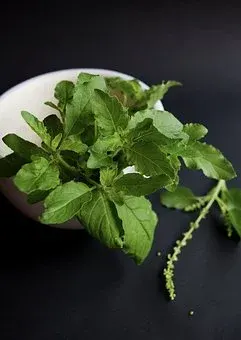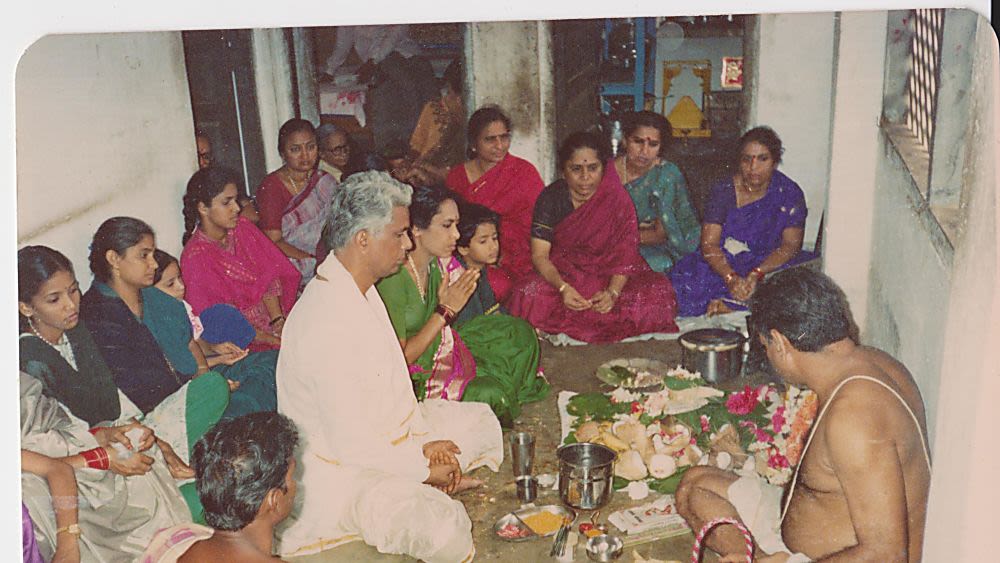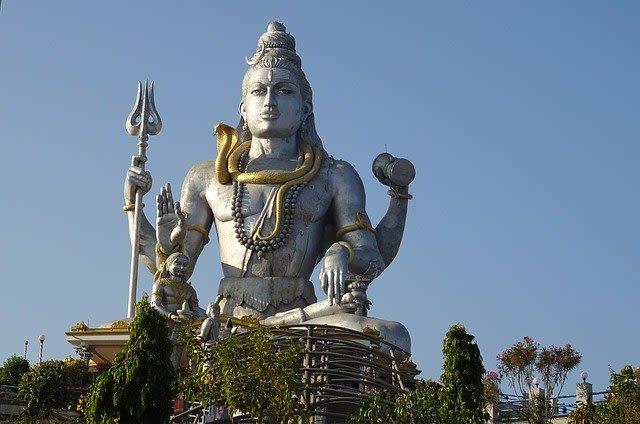Follow the perfect guide to Tulsi Pooja and attract blessings

Worshipped from thousands of years, Tulsi is a sacred plant considered to be the most auspicious plant in Hindu culture & religion. Their mesmerizing fragrance and beautiful small leaves are what most liked by the Lord Vishnu. Called as the “Queen of the Herbs” by the farmers of India, tulsi, the form of Goddess Lakshmi is planted on the front-side of the houses.
Highly used in pujas, marriages, and any other rituals, tulsi gains great importance on the 12th day of Hindu Lunar Cycle or Dwadashi during Shukla Paksha which is Tulasi Vivaha. This Tulasi Pooja is celebrated in the month of Karthik, right after Ekadashi, between Prabodhini Ekadashi and Kartik Poornima. This tulsi puja for early marriage is also performed by unmarried women to get a good husband in the future, while the married woman performs for a good marital life.
The tulsi story reflects a great significance in the life of those people who perform this pooja. This story is connected to Lord Vishnu gave birth to the Hindu Goddess of loyalty. As per the Hindu mythology, it is said that there was a woman named Vrinda and was married to a man of low-cast named Jalandhar, who was well-known for this ill acts.
Vrinda being a devotee of Lord Vishnu, made her husband so strong that no one could defeat him. Once, Vishnu tricked Jalandhar causing to destroy the purity of Vrinda. Knowing that Lord Vishnu is the reason for her husband’s death, she cursed him to turn to Shaligram stone & jumped into his pyre. Soon after, Lord Vishnu turned Vrinda’s soul into a tulsi plant and promised to marry her.
Furthermore, Tulasi Pooja is celebrated on the specific muhurat that starts from November 8 and ends on November 9 this year. With a beautiful mandap set around the holy Tulasi plant, this puja can be either performed in the house or in temples. The ceremonial wedding starts with bathing & cleaning both the Tulasi plant and the idol of Lord Vishnu.
Both are decorated with the garlands of colorful flowers. The tulsi is groomed like a bride, with bindi, jewelry, bangles, nose ring & a red cloth wrapped as a saree around this plant. On the other hand, the idol of Lord Vishnu is dressed in dhoti & mala. To link the Holy tulsi and Lord Vishnu, a thread is tied to the couple.
Offered with fruits & flowers, this ritual is followed by aarti with Kapur & ghee’s deepak, showering rice & vermilion, where later the prasad is distributed among the devotees.











